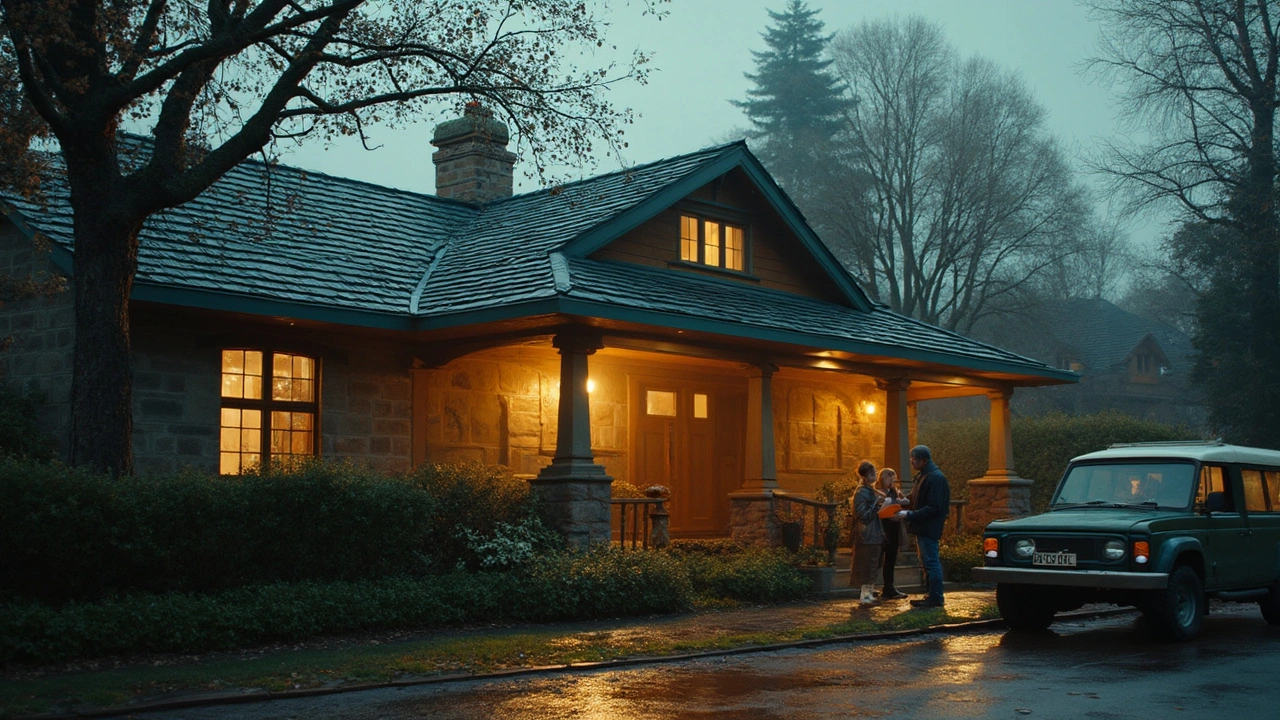Historic Restoration: Practical Tips for Saving Old Buildings
If you love old houses or iconic public spaces, you know the thrill of seeing a crumbling facade turned into something vibrant again. Historic restoration isn’t just about fixing cracks; it’s about keeping stories alive while meeting today’s safety and comfort standards.
Why Restoration Matters
Every brick, window, or decorative molding carries a piece of history. Restoring these elements helps communities retain their unique character, boosts tourism, and can even raise property values. Plus, using existing structures saves materials compared to building from scratch, which is better for the environment.
Key Steps in a Successful Restoration
1. Research the original design. Before you lift a single stone, gather old photos, blueprints, or historic surveys. Knowing the building’s original style—whether it’s Gothic Revival, Beaux‑Arts, or a simple colonial home—guides your material choices and helps avoid guesswork.
2. Assess structural health. Hire a qualified engineer to check foundations, load‑bearing walls, and roof integrity. Fixing hidden problems early prevents costly surprises later on.
3. Choose authentic materials. Match mortar mixes, wood species, and metal finishes to the period. Modern substitutes can look right but may cause long‑term damage, like using hard cement where a softer lime mortar is needed.
4. Preserve what works. Don’t replace everything for the sake of newness. Original windows, decorative plaster, or hand‑crafted ironwork often have craftsmanship that’s impossible to replicate. Clean and repair them instead of tossing them out.
5. Meet current codes discreetly. Install fire safety, insulation, and accessibility upgrades in ways that hide modern interventions. For example, add insulated panels behind historic walls rather than covering them with obvious new cladding.
6. Document every step. Keep a photo log and write down materials used. Future owners will thank you when they need to maintain the building or plan another restoration phase.
Restoration projects can feel overwhelming, but breaking them into these clear phases keeps things manageable. Start with the most urgent structural fixes, then move to aesthetic details once the building is stable.
If you’re stuck on a specific issue—say, how to repair a cracked marble floor or replace missing cornice brackets—check out our related articles like “Gothic Revival Architecture: Exploring History, Features and Timeless Appeal” or “Beaux‑Arts Architecture: Stunning History, Design, and Iconic Examples.” They offer concrete examples of materials and techniques that work well for historic styles.
Remember, the goal isn’t to create a museum replica; it’s to blend authenticity with today’s needs. When you respect the original design while adding subtle modern comforts, you end up with a space that feels both timeless and livable.Ready to start your own restoration? Grab a notebook, take a few photos of the building’s current state, and reach out to local preservation societies for guidance. They often have grants or expert contacts that can make the process smoother and more affordable.
Historic restoration is a rewarding adventure—one that lets you walk hand‑in‑hand with the past while shaping the future of your community.

Unseen Beauty of American Craftsman Homes: Guide to Details & Restoration
Discover the quiet magic of American Craftsman homes-how to spot authentic details, restore them with care, choose colors, and live beautifully with historic character.
Read more